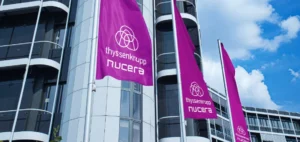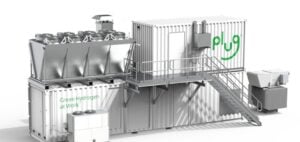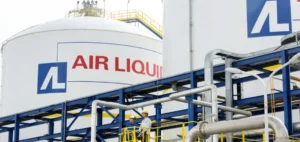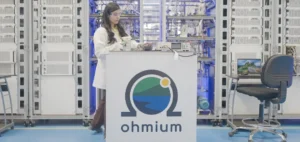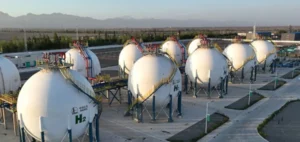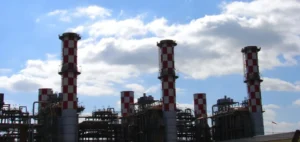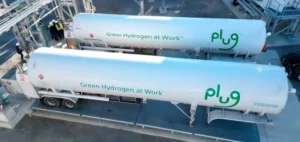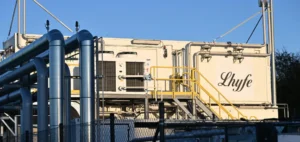The hydrogen revival in the United States has begun. Indeed, the latter is attracting more and more projects and massive investments thanks to its capacity to be stored and its characteristic as arenewable energy source. The industry, revived by the Biden administration to catch up, is expected to benefit from increased production capacity thanks to a series of initiatives, including the infrastructure legislative package passed in 2021 and the Inflation Reduction Act (IRA) energy transition law passed last year.
Relaunch of grey, green and blue hydrogen in the United States
American hydrogen production reaches about ten million tons per year, or about 10% of the world’s volumes. However, most of it is so-called “grey” hydrogen, produced from natural gas without capturing CO2 emissions, and therefore polluting. President Joe Biden wants to increase this production capacity while reducing carbon emissions with an $8 billion package to create a network of regional “green” hydrogen hubs, i.e. from renewable energy.
The IRA provides tax credits of $3 per kilogram of green hydrogen, which is currently estimated to cost $4 to $5 to produce. This initiative “has fundamentally changed the business model for hydrogen from renewables” and “allows it to compete with other forms of hydrogen,” says Catherine Robinson of S&P Global Commodity Insights.
Hard-to-decarbonize sectors within heavy industry will be the first to benefit from this energy source, according to Sunita Satyapal, director of the hydrogen office at the U.S. Department of Energy. Oil refining, steel and ammonia used in fertilizers are the main current consumers of grey hydrogen, which will be progressively substituted by green and blue hydrogen (based on natural gas but with CO2 capture).
Hydrogen, a competitive and storable recovery
Hydrogen is also a competitive energy source, given its ability to be stored and transported. “At three dollars (tax credit per kilo), … you become competitive in several sectors, including trucking,” analyzes Alan Hayes of S&P Global. It does not require heavy batteries, which limit the payload of electric trucks, with which hydrogen competes. The fuel cell, used to generate energy from hydrogen, weighs only a few kilograms, compared to several tons for a semi-trailer battery, and the hydrogen is filled up in just a few seconds.
Within 10 to 15 years, hydrogen could become a promising market in the United States, despite regulatory and economic challenges. However, he points out that regulations differ by state, which could result in significant differences in terms of industry development.
Texas, an example of the green hydrogen boom
Despite the regulatory challenges, some states, such as Texas, have embraced green hydrogen as an economic growth opportunity. Texas, a state known for its oil and natural gas production, is becoming a leader in the green hydrogen industry. Two major projects are currently underway in the state, one being Hydrogen City, located in the far south, and the other in the north of the state, which is estimated to cost $4 billion.




